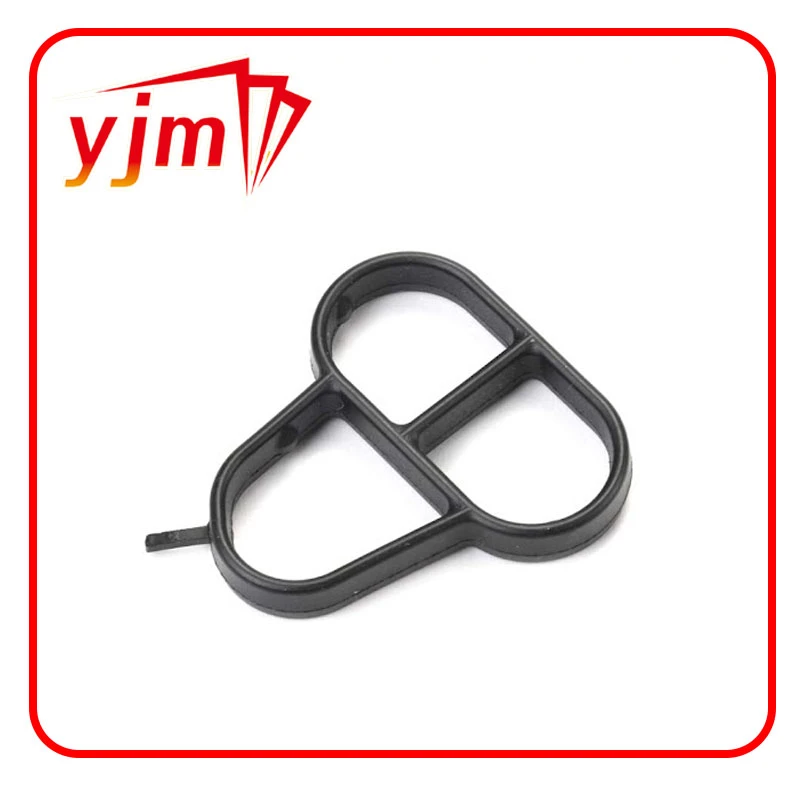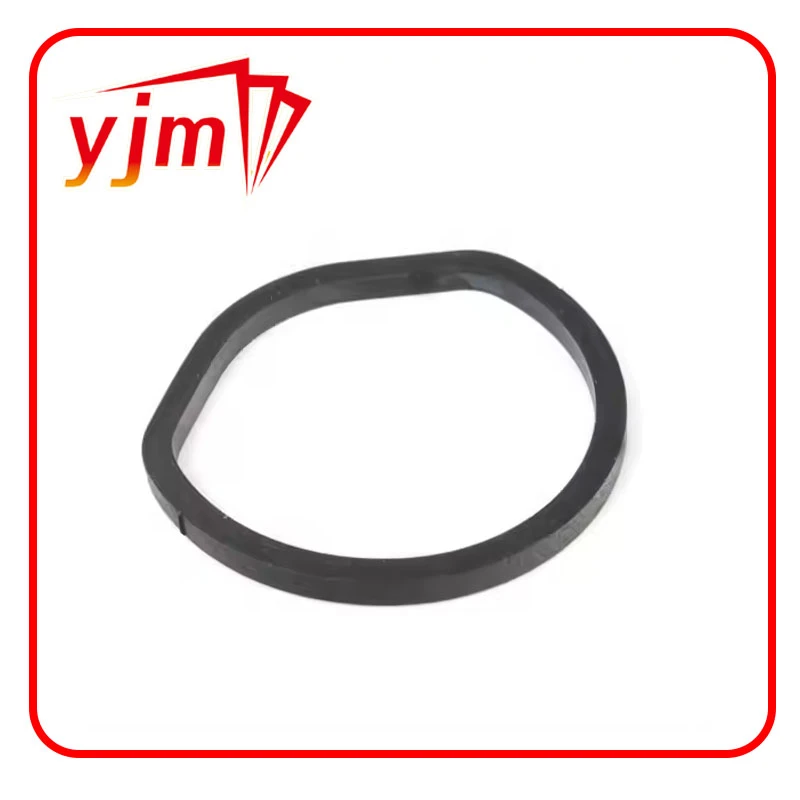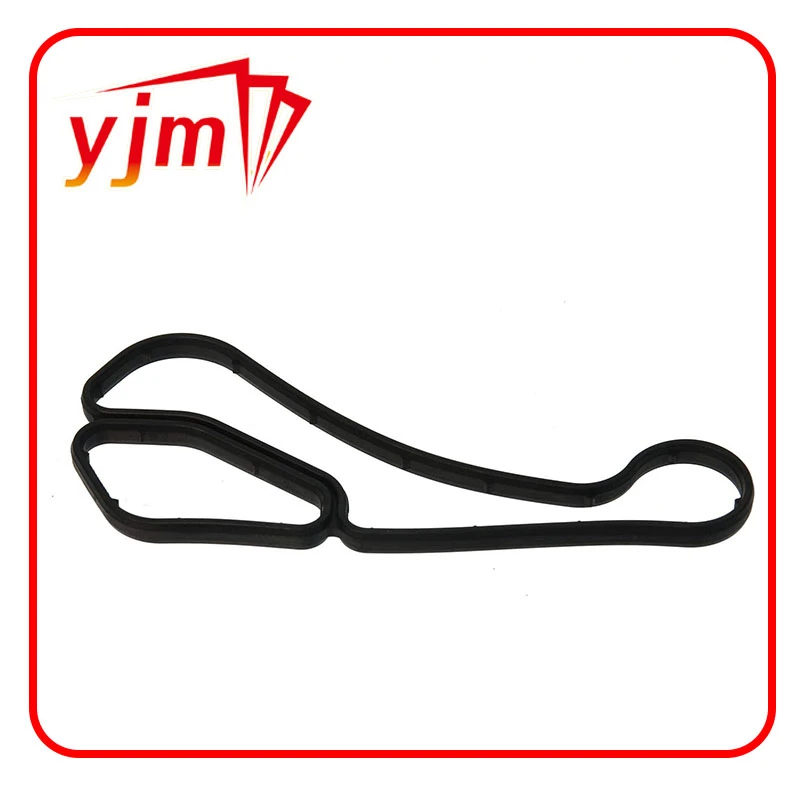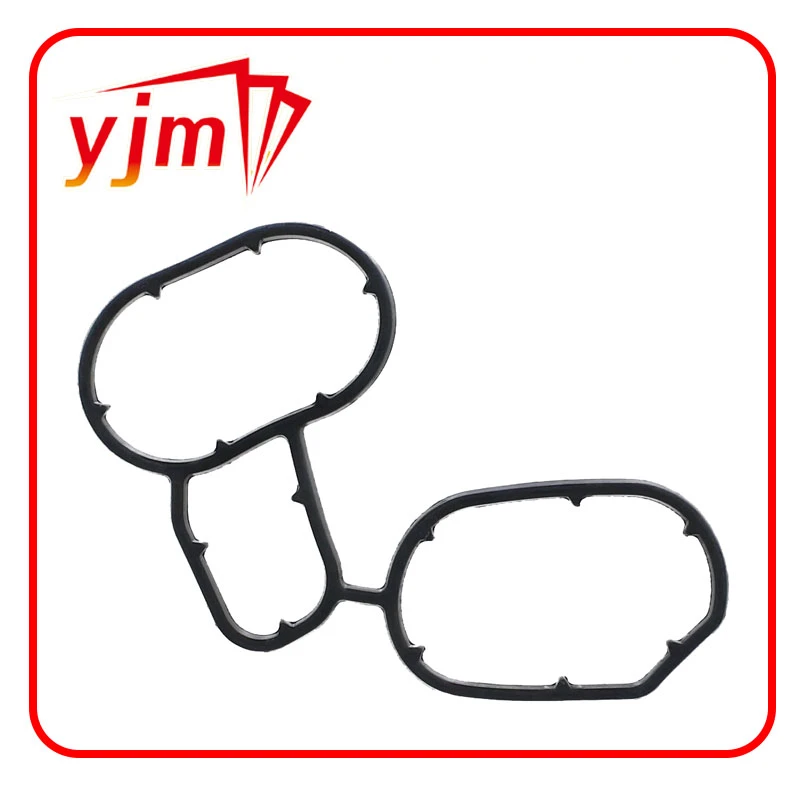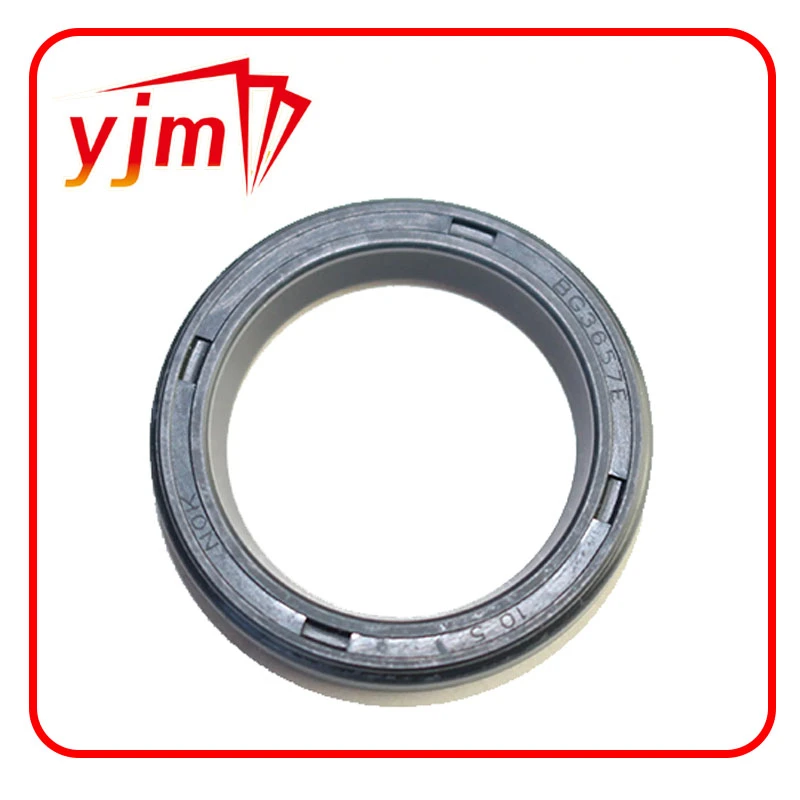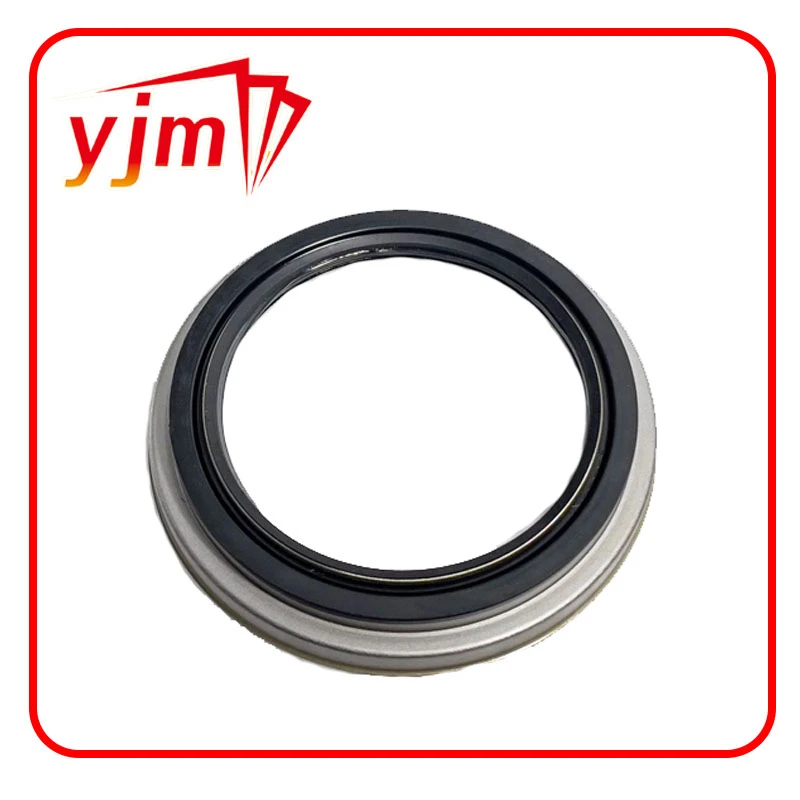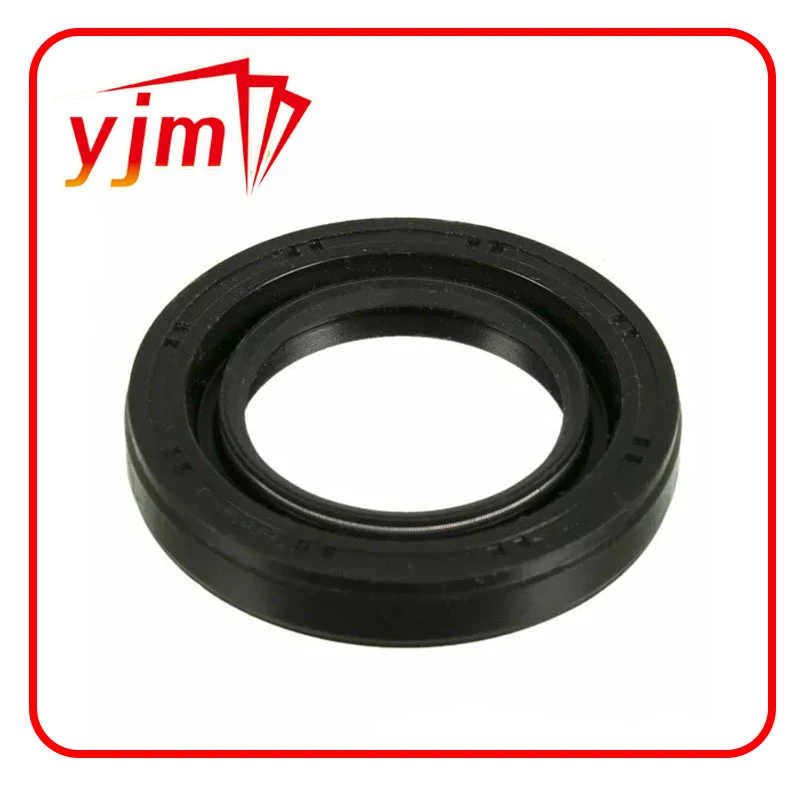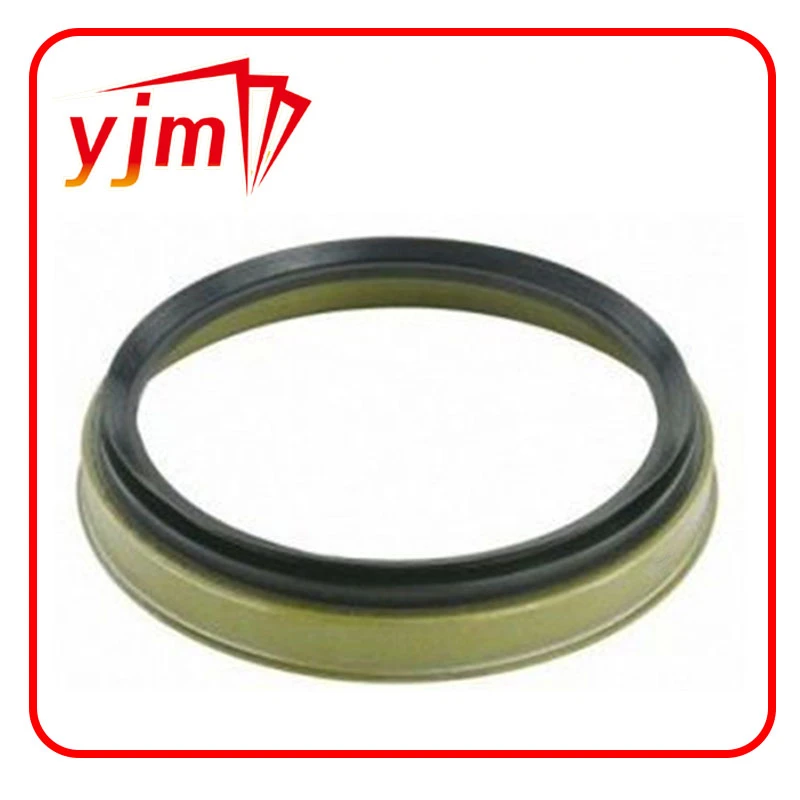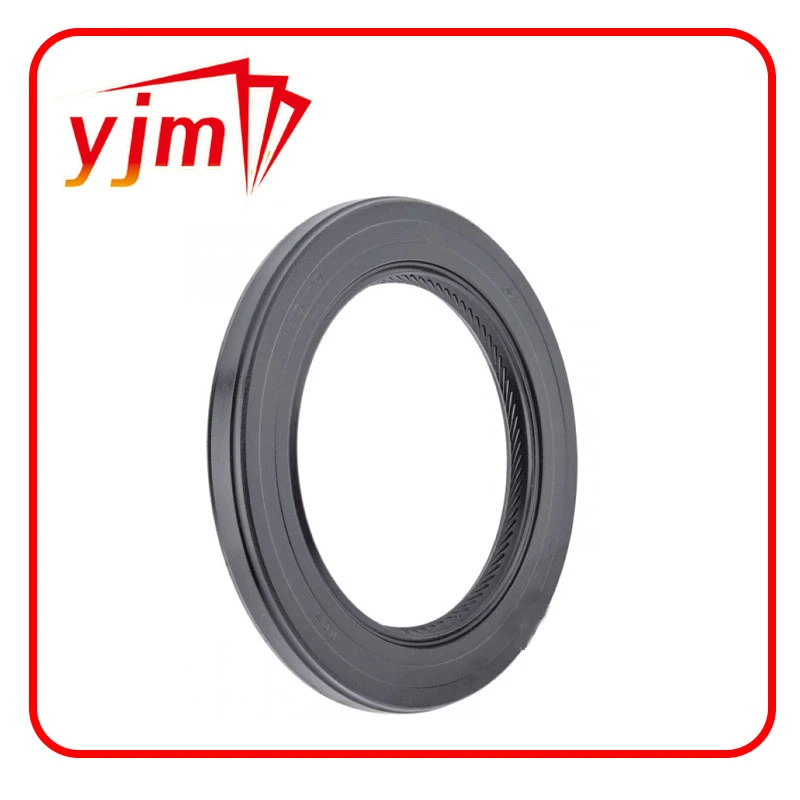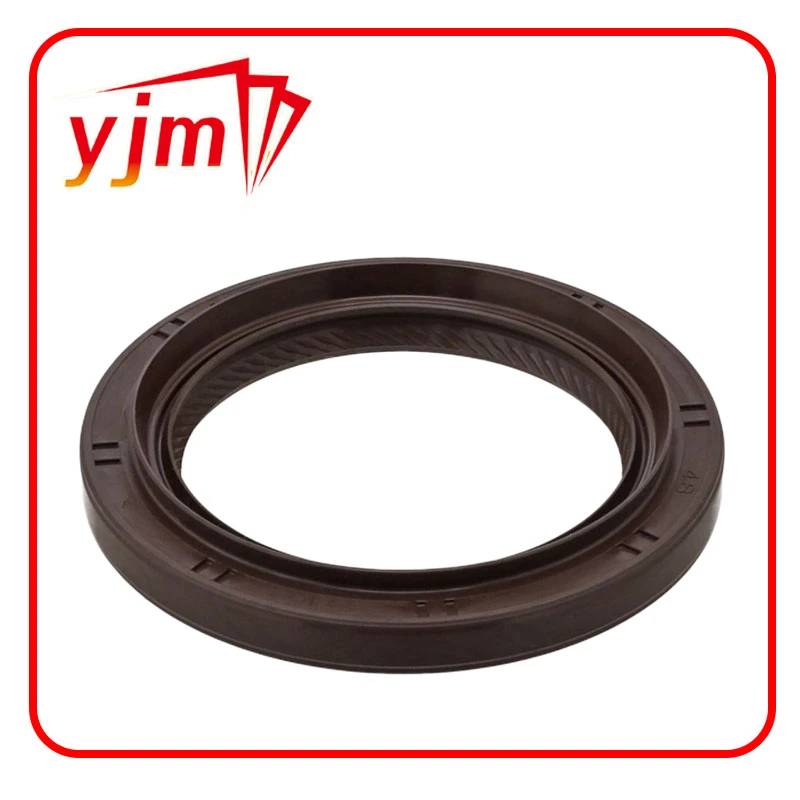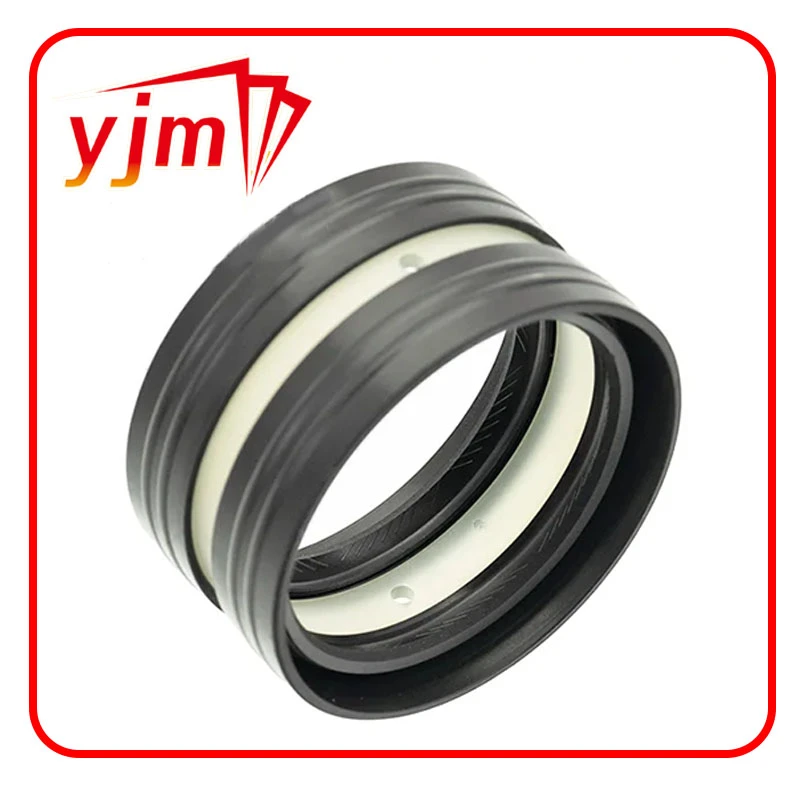Understanding the Importance and Functionality of Inner Axle Seals in Vehicle Performance
Understanding the Importance of Inner Axle Seals
Having a vehicle that operates smoothly and efficiently is a priority for any driver. One of the vital yet often overlooked components that contribute to this smooth operation is the inner axle seal. This small but crucial part plays a significant role in the overall functioning of a vehicle's drivetrain.
What is an Inner Axle Seal?
The inner axle seal is a rubber or synthetic material component located at the point where the axle shaft enters the differential housing. Its primary function is to prevent gear oil from leaking out of the differential while simultaneously keeping contaminants such as dirt and moisture from entering the crucial inner workings of the axle assembly. By maintaining a sealed environment, the inner axle seal contributes to the lubrication of the gears and bearings, ensuring they operate cohesively without unnecessary wear and tear.
Signs of a Failing Inner Axle Seal
Like any mechanical component, inner axle seals can wear out over time due to exposure to various elements, heat, and the stresses of daily operation. Recognizing the signs of a failing axle seal can prevent costly repairs down the road. Some common indicators include
1. Fluid Leaks One of the most evident signs of a failing inner axle seal is the presence of fluid leaks. If you notice oil spots underneath your vehicle or a significant drop in differential fluid levels, it’s time to inspect the inner axle seals.
2. Dirty Axles If dirt and debris begin accumulating around the axle joints, this could signal that the seal has been compromised, allowing contaminants to enter the axle assembly.
inner axle seal
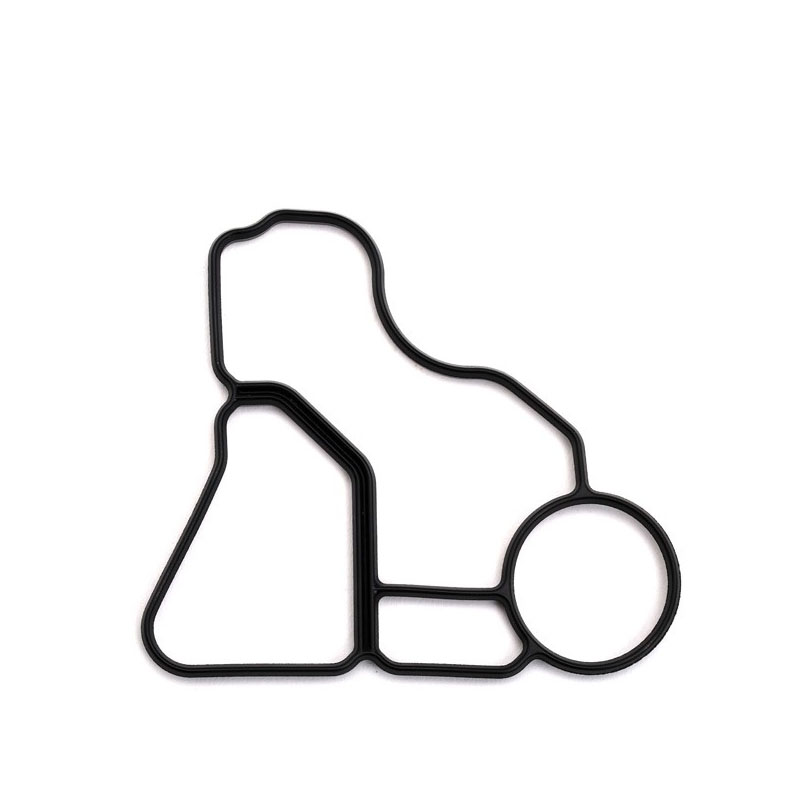
3. Unusual Noises A failing inner axle seal can lead to inadequate lubrication, resulting in unusual noises such as grinding or whining from the differential. These sounds signify that parts are not adequately lubricated, which can lead to severe damage if not addressed promptly.
The Consequences of Ignoring a Bad Inner Axle Seal
Neglecting a deteriorating inner axle seal can lead to significant issues. The most immediate concern is the loss of differential fluid, which can result in inadequate lubrication of the gears and bearings. Over time, this may cause increased friction, overheating, and ultimately, catastrophic failure of the differential. Repairing a damaged differential often costs significantly more than replacing an inner axle seal, making early detection and repair vital.
Furthermore, if contaminants enter the axle assembly due to a seal failure, the chances of damaging the gears and bearings increase. This damage can lead to more extensive downtime and higher repair costs. Preventive maintenance, including regular inspections of the axle seals and drivetrain components, is crucial to extending the life of your vehicle's differential.
Replacing an Inner Axle Seal
If your assessment leads to the conclusion that the inner axle seal needs replacement, it's a task that can often be handled with some mechanical knowledge and the right tools. However, for those unfamiliar with automotive repairs, seeking professional help is advisable to ensure the job is done correctly. The process typically involves removing the axle shaft, cleaning the sealing surfaces, and installing the new seal carefully to prevent future leaks.
In conclusion, while the inner axle seal may seem like a minor component, its role in maintaining the integrity of your vehicle's drivetrain is paramount. Regular maintenance and awareness of the signs of seal failure can save you from extensive repairs and help ensure your vehicle runs as smoothly as possible for years to come.
-
Understanding the Importance of the Crankshaft Oil Seal in Engine Performance
News Jun.16,2025
-
The Unsung Heroes of Engine Protection: Understanding Automotive Shaft Seals and Oil Seals
News Jun.16,2025
-
Keeping the Engine Tight: The Role of Crankshaft Seals and Gaskets in Oil Control
News Jun.16,2025
-
Complete Protection in Harsh Conditions: A Deep Dive into Cassette Seals
News Jun.16,2025
-
Choosing the Right Oil Seal: A Guide to Trusted Brands and Suppliers
News Jun.16,2025
-
Advanced Sealing Technologies: Exploring the Range of Modern Oil Seals
News Jun.16,2025
-
Your Essential Guide to Car Repair Kits: From Rust to Dings
News Jun.13,2025
Products categories

